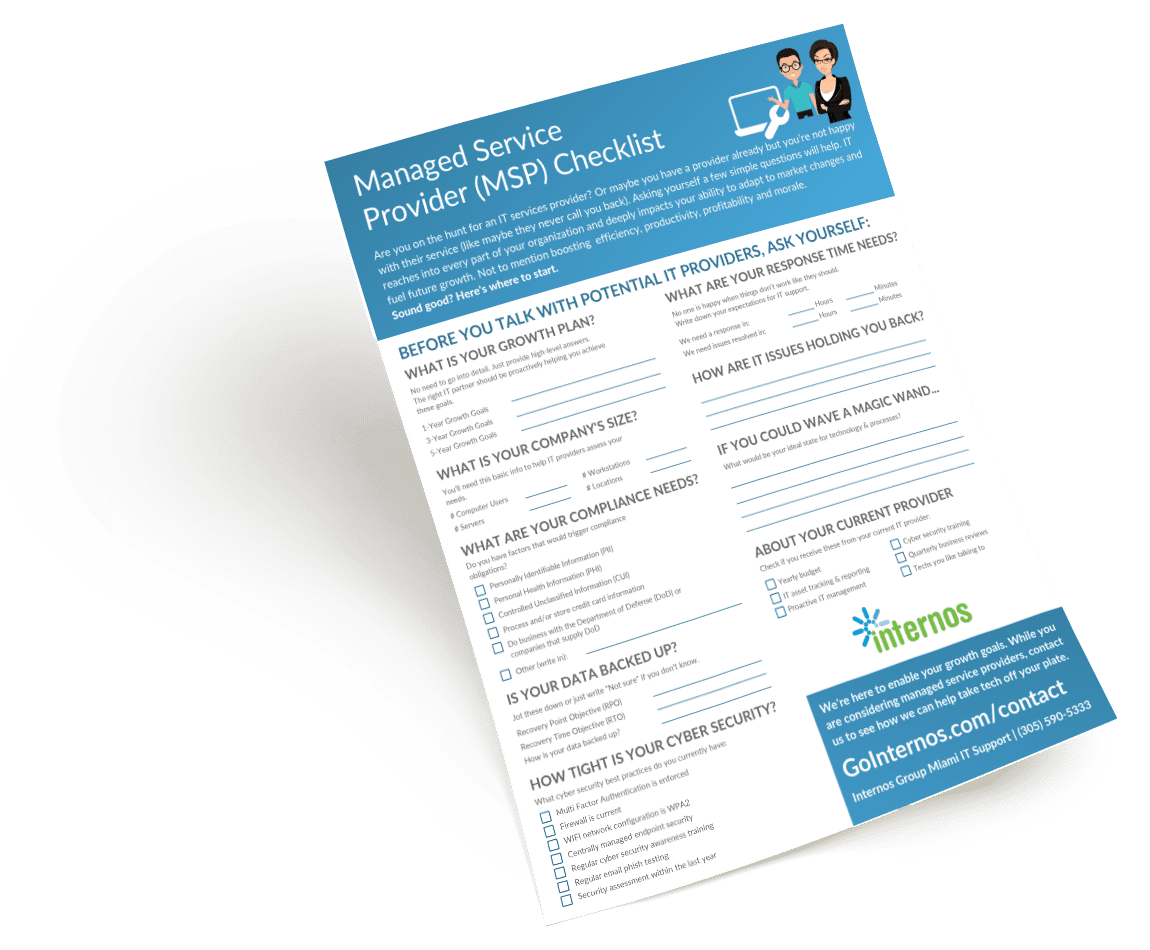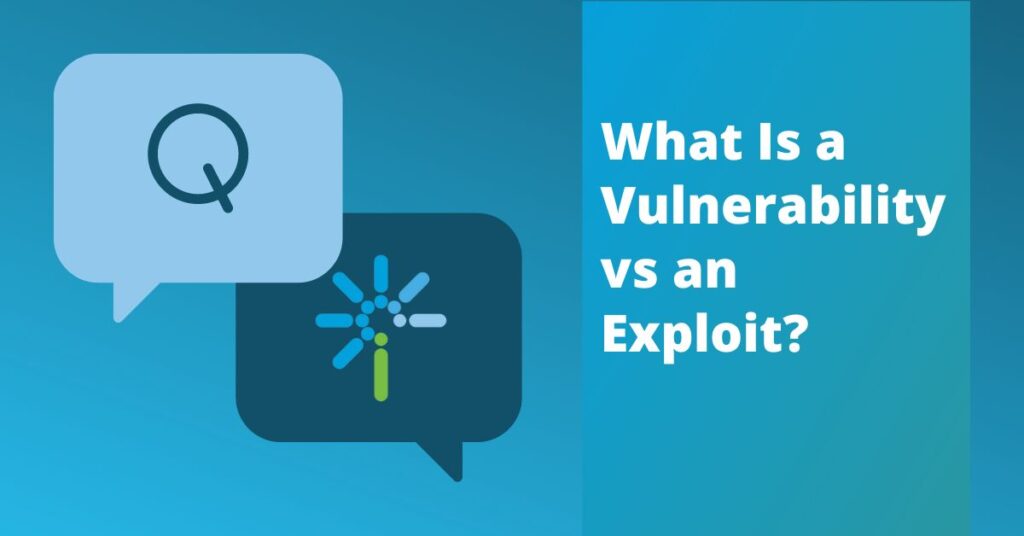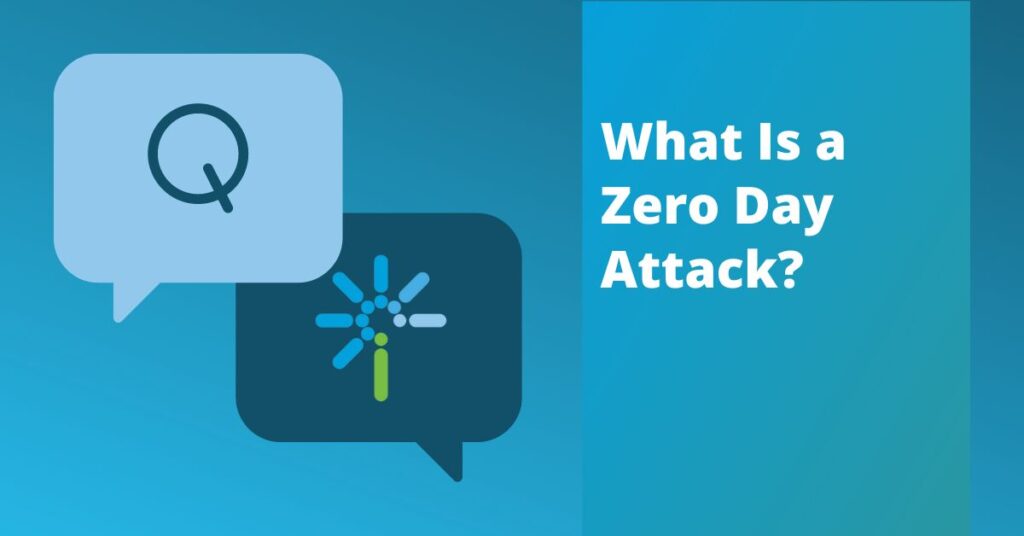Multi factor authentication (MFA) and two factor authentication (2FA) are often used interchangeably, but they are technically different. Both prove you are who you say you are when you are logging into a system. But 2fa specifically requires two forms of authentication. MFA requires two or more. So all 2FA is MFA but not all MFA is 2FA.
To understand multi factor authentication vs 2 factor authentication, think of your last login. You were asked to provide a username and password — together these are one factor of authentication. Then you may have been asked for one more factor, such as answers to previously asked security questions. That was 2FA.
All of the factors in the 2FA example fall into the “something you know” category. Most MFA requires you to provide either “something you have” or “something you are.” Here are examples of both:
- “Something you have” is usually your cell phone. When you log in, the system sends you a text or push notification with a code and the system provides a screen to supply the code and complete your login. Text and push notifications are good, but using an authenticator app or token device to receive your code is even better. But all provide an additional layer of security over simply providing information.
- “Something you are” is usually a fingerprint scan, face scan or other form of biometrics.
So don’t worry too much about the terminology: multi factor authentication vs 2fa. What matters is that you use these more robust authentication methods to protect your business.
View all FAQs
A vulnerability is a weak spot in a system. Vulnerabilities enable hackers and crackers to gain access to a network. It is virtually impossible to have no weak spots, and not all weak spots exist inside the code itself. The biggest vulnerability for many companies is people. Human examples of vulnerabilities include a human response…
A zero day attack happens when a hacker takes advantage of an unpatched or previously unknown vulnerability for the first time (also known as a zero day vulnerability). Some examples of zero day exploits include: Critical system vulnerabilities and exposures are tracked by some organizations and websites to distribute to others. They maintain lists of…
There are multiple benefits associated with IT service management, including: Aside from the benefits above, the day-to-day conveniences of using an ITSM are many. ITSM is not just support via a help desk or a service desk. While an ITSM may support your business via a service desk, the offerings are much broader than that….
Use our Checklist to Find the Right IT Support
Are you a first-timer to IT support? Maybe you aren’t happy with your current MSP? Our easy-to-follow checklist can guide you through the process of the best IT services provider for your business. It will help you help you outline and define:
- Your business goals for the next few years
- The stats that potential MSPs will need to work out a plan for your company
- The risk areas in your backup and cyber security practices
- What you expect from your IT support provider
- And more!




